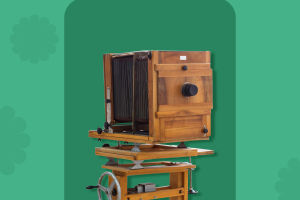Car safety seats are an essential piece of equipment for child protection while traveling in a vehicle. These seats are designed to restrain children during a car accident and provide a safer riding experience.
With advances in technology and materials, car safety seats have evolved over the years, providing a more comfortable and secure fit for children of different ages and body types.
Mandatory Regulations for Child Safety Seats
Child safety seats were first developed in Europe and the United States in the 1980s. Since then, many countries have introduced mandatory regulations, making it a requirement for children to use safety seats while traveling in a car.
This has led to the rapid development and popularization of car safety seats, with manufacturers offering a wide range of products to meet the needs of different consumers.
Design and Features of Car Safety Seats
Car safety seats are designed with ergonomic shapes, taking into consideration the characteristics of a child's body shape. They are padded with a minimum of ten centimeters of ride height, providing a more open view for children and making the ride less boring.
In addition, the seats are designed with appropriate materials, patterns, and peripheral shapes to provide a sense of fullness and security for children.
Choosing the Right Car Safety Seat
When choosing a car safety seat, several factors should be considered, including the weight and age of the child, as well as the make and model of the car.
Different types of safety seats are required for different age groups, with newborns requiring a basket seat and children under 13 kg needing a seat that can be installed in reverse. This protects the baby's spine, head, and neck from injury during sudden breaks.
Misconceptions About Car Safety Seats
It is essential to be aware of common misconceptions about car safety seats to ensure the proper use and maximum protection for children. Firstly, babies under one year of age and weighing less than 9 kg should face backward in the car.
Secondly, it is crucial to tighten the seat belt bundle enough to prevent the seat from shaking more than 2.5 cm. Finally, children should not sit in the passenger seat until they are at least 13 years old, as this is the most vulnerable position in the event of a car collision.
In conclusion, car safety seats are a vital piece of equipment for child protection while traveling in a vehicle. Parents should choose a seat that is suitable for their child's weight and age, as well as the make and model of their car.
By using the seat correctly and avoiding common misconceptions, parents can provide a safer and more comfortable riding experience for their children.


